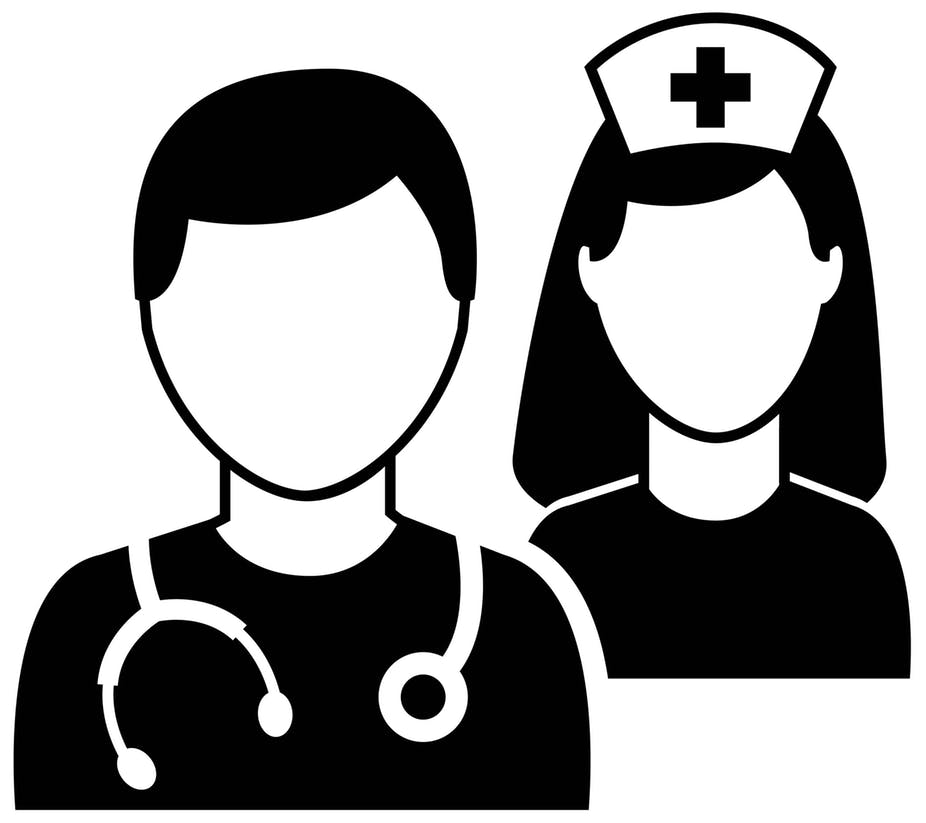A WOMAN’S TAKE ON HEALTHCARE FOR WOMEN
I don’t know about you, but going to the doctor is not one of my favorite things to do. As a female on the OHP and with minimal income, it can often be hard to find good care. When I do, I am often given a possible diagnosis, treatment and told to come back if I don’t feel better.
About a year ago, I was having very sharp pains coming from my lower abdomen. My first thought was that it was my appendix acting up and I went to the closest urgent care facility. The doctor, who was male, gave me a diagnosis of constipation and told me to flush my system and my pain should go away. Well, it didn’t go away. So I found myself going back, and was seen by a different male doctor who said I may have endometriosis (a pretty severe disease for us ladies).
I was sent to an X-ray tech at a different office for a hysteroscopy, which was rather invasive, to say the least. The best part is, after that no one called me about what my results were. I got to worry all the time, until I finally called the office. A doctor was put on the line – I don’t even know if it was the one I saw – and he told me simply, “No endometriosis, you’re good,” and that was that.
Although the physicians are very friendly, it is frustrating not getting answers about what is going on with my body. It makes me not want to go to the doctor at all.

All I could think was, “Okay, but what’s my pain coming from?” Or, was there anything else they noticed, good or bad? It just made me feel like I wasn’t a priority and my pain wasn’t a problem.
So is it me, or is it them? Lately I have wondered how hard it is for others seeking healthcare and if there is a bias, as much as I suspect, for women receiving care from male physicians.
Amazingly, in 2019 it was recorded by kff.org (the Kaiser Family Foundation) that there were 359,409 female and 644,683 male professionally active physicians in the U.S. Statistics also show that 49% of women will return to see male doctors (following an initial visit).
This may be because female physicians are more likely to deliver preventative services, and have also been noted to be more intuitive to their patients’ needs and symptoms (leading to fewer return visits for the same health issue). All patients should receive this sort of care.
Coincidentally, did you know that according to The Guardian.com, men are more likely to be prescribed pain medications? And as for gynecological disease such as endometriosis, 1 out of 10 women have it, but it can often take seven to eight years for it to be diagnosed! Crazy, I know, but it’s true.
Understandably, many of the statistics don’t necessarily have to do with being treated by a male physician, but the care that has been given by males has not changed much through recent history. Women’s health has often been downplayed.
With more women becoming physicians every year, hopefully this unfair treatment will subside. Hearing stories about the mistreatment of women by their health providers is unnacceptable, no matter what gender of the physician.

Leave a comment